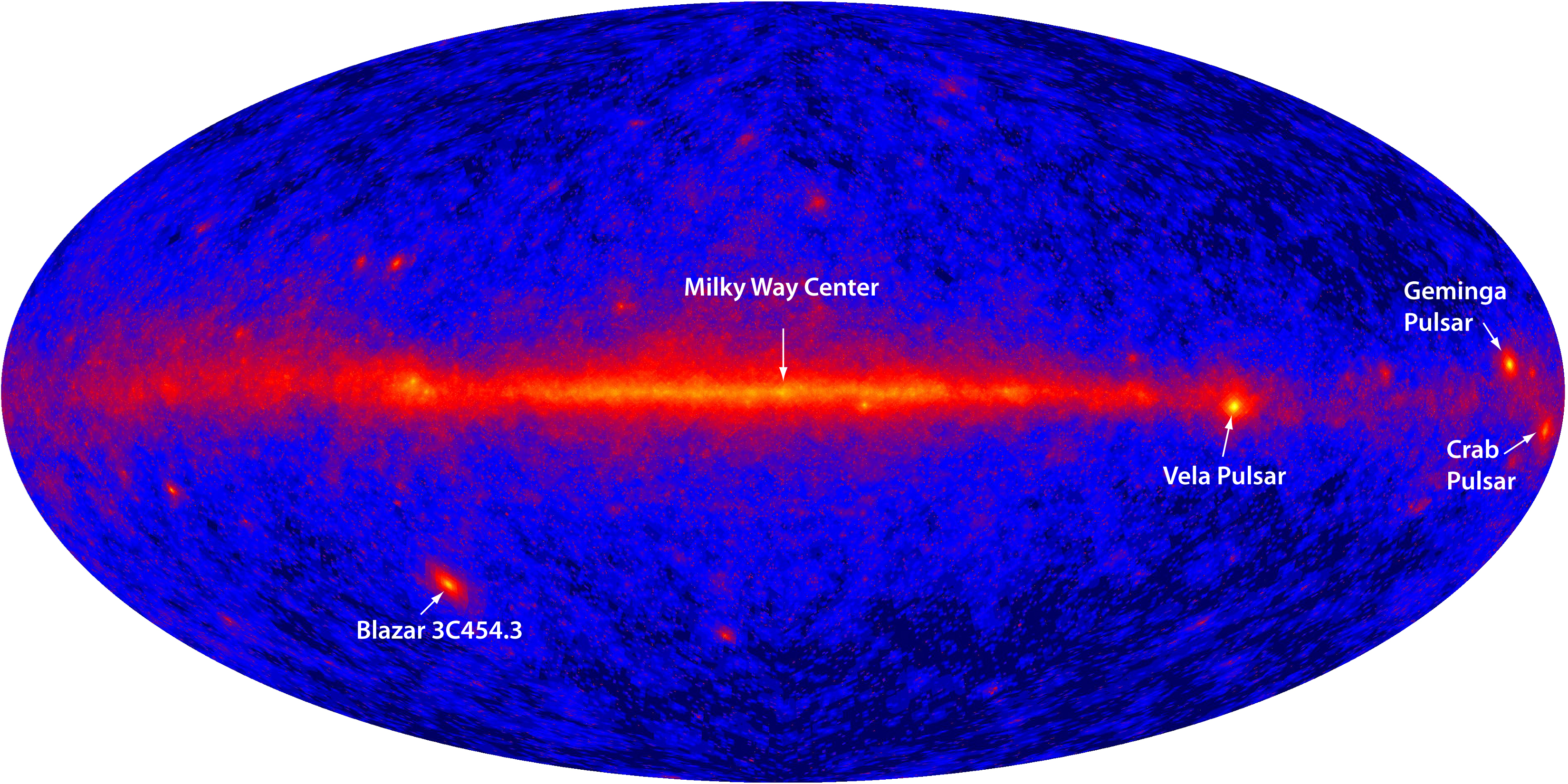Blazars are super massive black holes surrounded by accretion disks with a radius of approximately one light-day. The accretion disks are large, rotating clouds of matter, which provide elementary particles to be expelled. These supermassive black holes have identical jets of plasma extending at a 90° angle to the accretion disk. These jets, other than ejecting jets of deadly plasma, also put out lethal doses of radiation, large amounts of radio waves and other electromagnetic rays. This material is similar to gas, only with charged particles and a much higher energy level, which is ejected out of the black hole at 99.9% of the speed of light, and the jets can extend for thousands of light years. Normally, observed light looks to be about 70 times the emitted brightness. The observed brightness from a blazar which has a jet aimed directly at earth looks to be 600 times the brightness of the emitted brightness. The picture below shows the relationship between our vision of the blazar, the active galactic nucleus (AGN, the extremely compact center of a galaxy that has a higher luminosity than its surroundings), and the angle of the galaxy to our point of view.

The term blazar was originally coined in 1978 by astronomer Edward Spiegel. The jets of a blazar are thought to be powered by the rotation of the black hole itself. This picture shows our galaxy in relation to a galaxy containing a blazar center.

Comments (0)
You don't have permission to comment on this page.